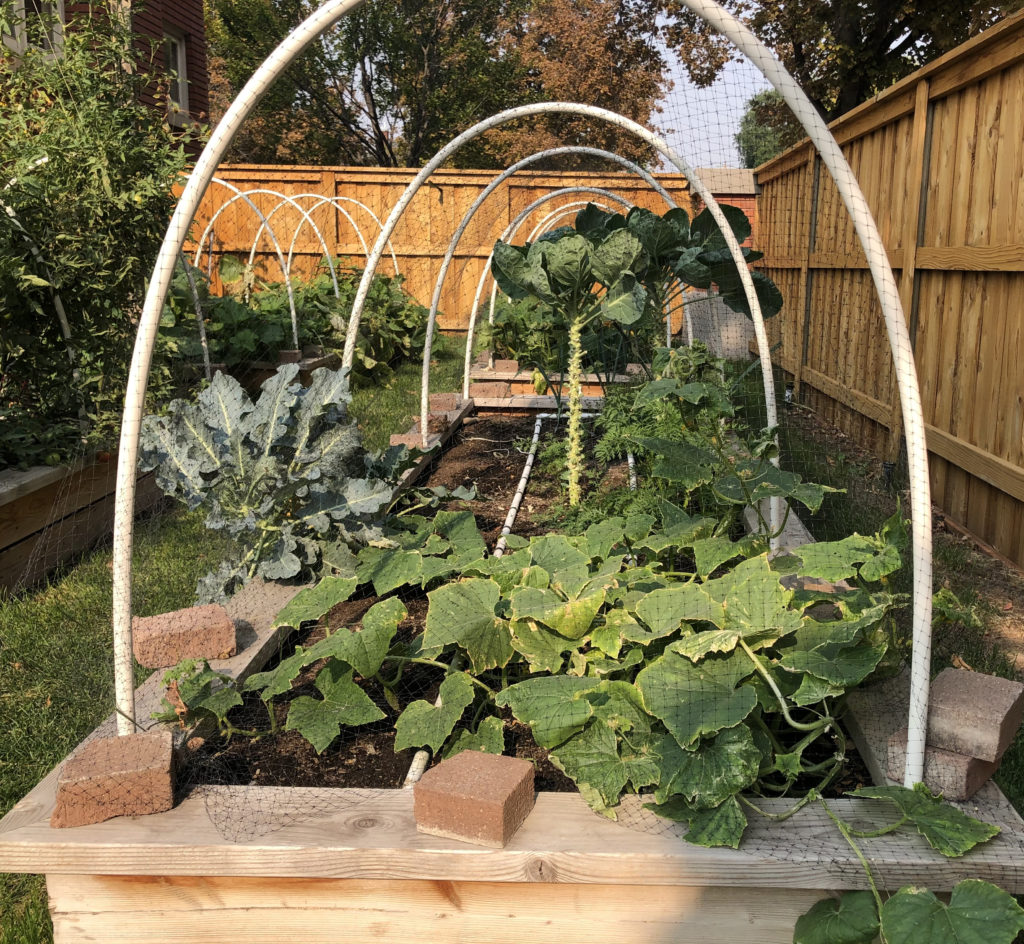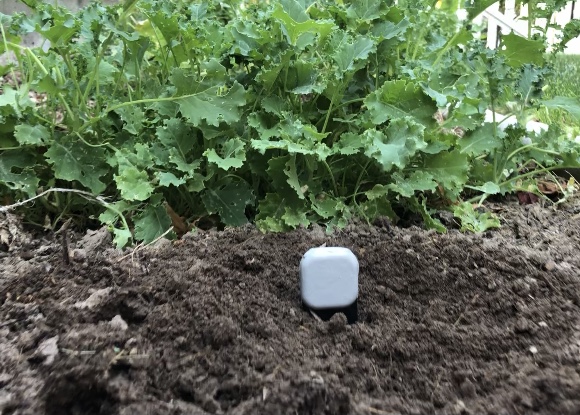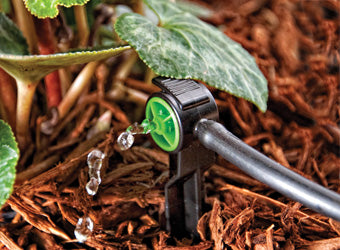Drip irrigation systems are beloved by many for their ability to conserve water and simplify the irrigation process. While drip systems certainly beat out other irrigation systems in terms of water conservation, did you know you could actually be saving even more water in timed irrigation with soil sensors? Soil probes work in tandem with your timed systems but are able to retrieve data based on your crops’ relationship to climate and irrigation patterns. In short, all irrigation systems require a bit of approximation in set-up and irrigating. Soil sensors take the guesswork out of timed irrigation systems and will leave your plants more nourished and your water source less exerted.

When inserted near crops, soil sensors are able to see below the soil and send data to your smartphone or desktop. Drip irrigation provides a steady source of direct water but cannot account for your crops evolving needs, especially when considering changes in climate and sunlight levels. Soil probes help you better understand your plants in ways a timed irrigation system cannot. When paired together, you can adjust your irrigation to meet the changes in your crops as they grow.
Soil sensors measure soil moisture levels, soil salinity, light, and ambient temperature. In other words, with soil sensors, you will receive detailed information on if your crops need more/less water, if your soil needs more fertilizer, if your plants are experiencing any stress, if water is evaporating too quickly from the soil, and if your crops are getting enough sunlight. These are all indicators that drip irrigation cannot measure but can benefit greatly from knowing.

Timed irrigation systems are superheroes for streamlining the irrigation process. Think of soil sensors as your systems’ trusty sidekick–able to account for the crops your irrigation system oversees and make adjustments when necessary. Together, drip irrigation systems and soil probes are a powerful duo, and more than that, they are also an affordable one. Typically, installing a drip irrigation system can cost around $40. While soil sensors can be costly, our soil probes use a low-frequency measuring technique that allows us to produce sensors at a considerably lower price. While you may be hesitant to add yet another gadget to your soil, sensors provide a number of informative benefits. In the long run, sensors will save you money by allowing you to conserve water and reduce long-term wear in drip irrigation systems.




